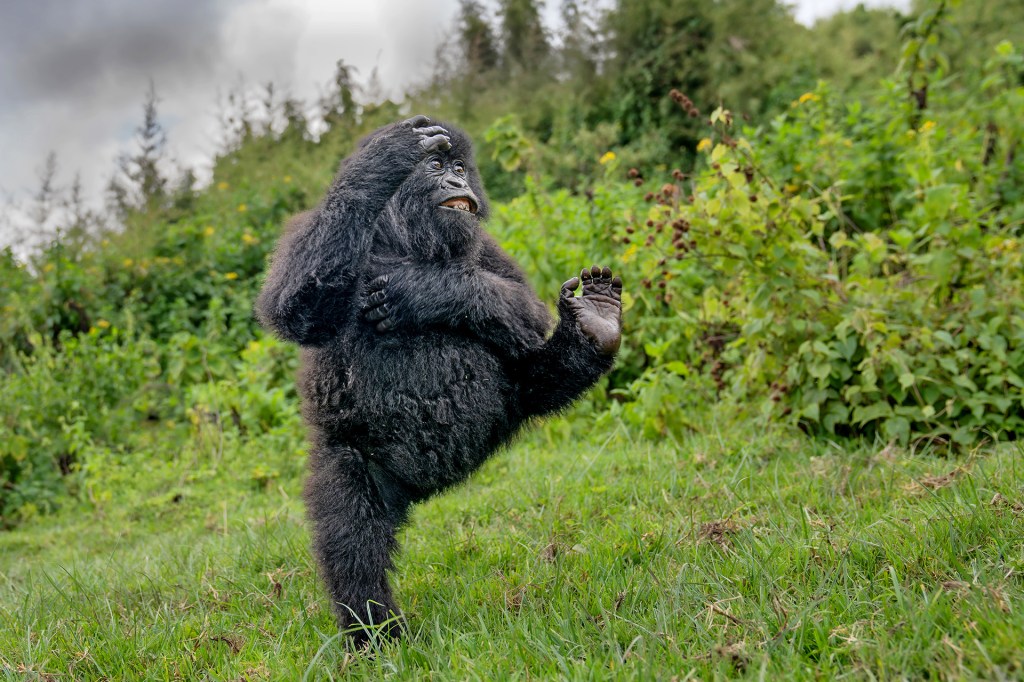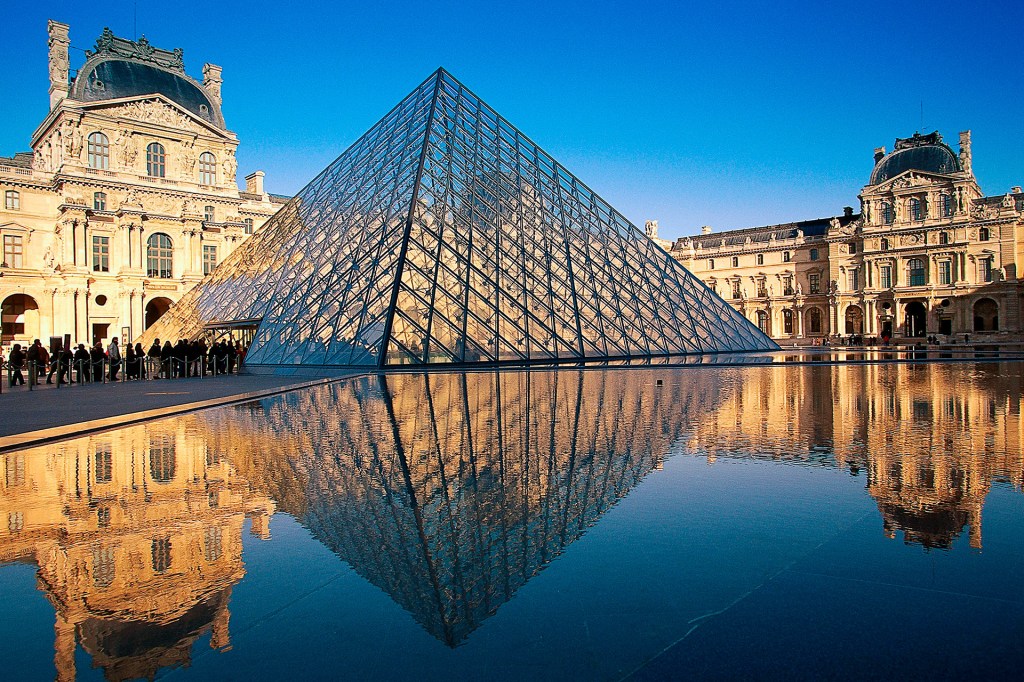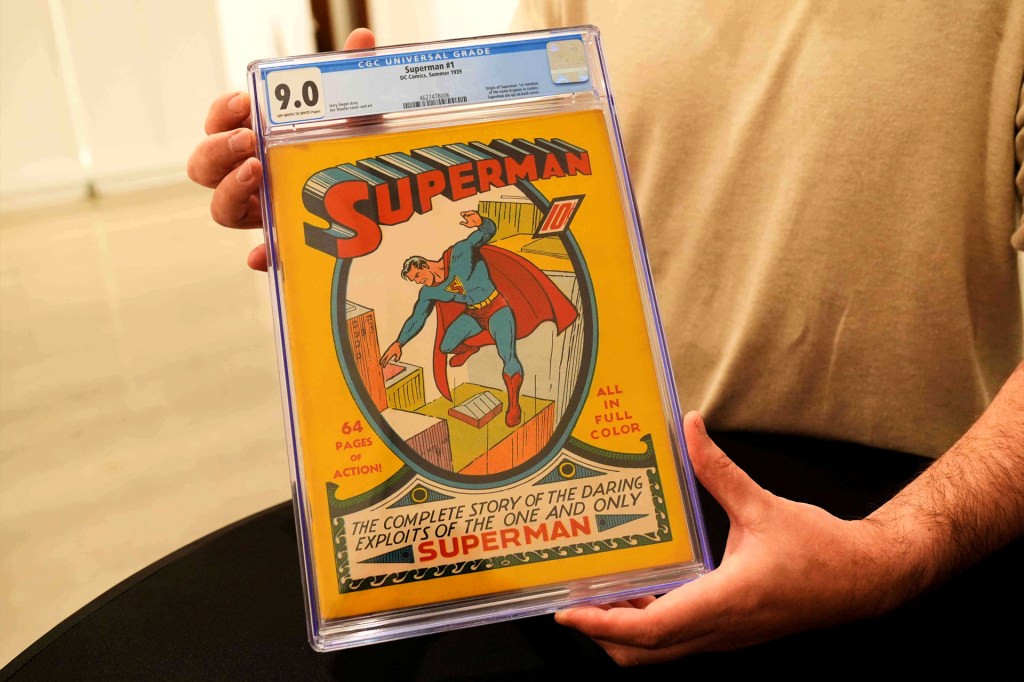
Last year, Jazmine Boykins was posting her artwork online for free. It got lots of likes, shares, and comments. But it didn’t make much money.
That has changed. Thanks to a new technology, Boykins has been selling the same art pieces for thousands of dollars as NFTs. That stands for non-fungible
fungible
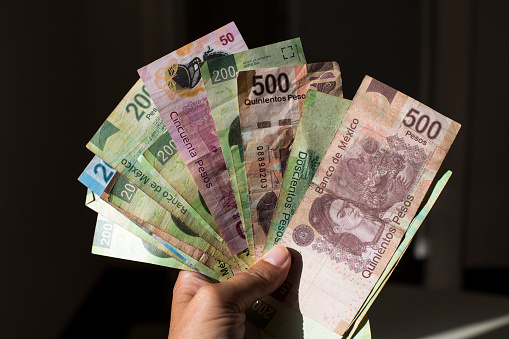 LAURA REID—GETTY IMAGES
interchangeable
(adjective)
U.S. dollars and Mexican pesos are not fungible because they have different values.
tokens. These NFTs represent the digital art pieces. They come with a certificate of ownership and authenticity
authenticity
LAURA REID—GETTY IMAGES
interchangeable
(adjective)
U.S. dollars and Mexican pesos are not fungible because they have different values.
tokens. These NFTs represent the digital art pieces. They come with a certificate of ownership and authenticity
authenticity
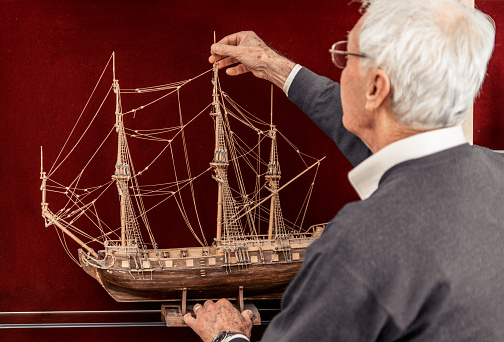 CASARSAGURU—GETTY IMAGES
realness; the state of not having been copied
(noun)
We hired an expert to check the authenticy of the antique.
. This is a guarantee. It says that the person who buys the NFT is getting the original version.
CASARSAGURU—GETTY IMAGES
realness; the state of not having been copied
(noun)
We hired an expert to check the authenticy of the antique.
. This is a guarantee. It says that the person who buys the NFT is getting the original version.
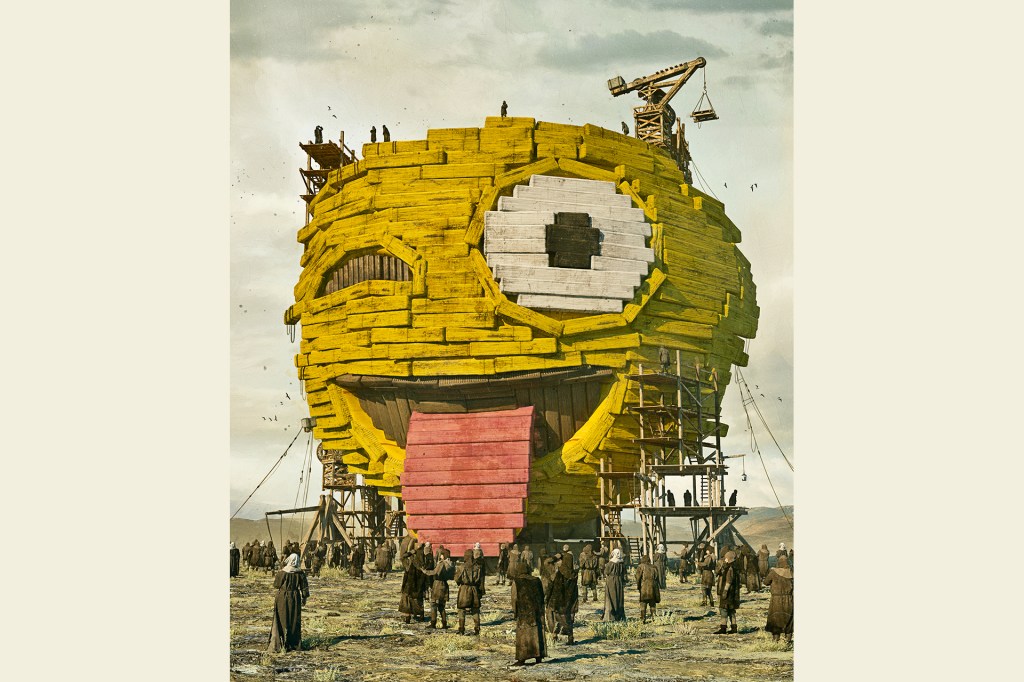
EMOJI ART This piece by the artist Beeple is part of an NFT collage that sold for more than $69 million.
BEEPLE—CHRISTIE’SBoykins sold more than $60,000 in NFT art in six months. “At first, I didn’t know if it was trustworthy or legit,” she told TIME. “But to see digital art being bought at these prices, it’s pretty astounding. It’s given me the courage to keep going.”
State of the Art
NFTs exist as computer files. Artists sign up with a digital marketplace. They list NFTs there for auction. It’s like selling things on eBay.

GOING DIGITAL Works are displayed at the first major exhibit of NFT art, in China, in March 2021.
SIPA ASA/SHUTTERSTOCKNFTs are having a big moment. In September, people spent nearly $2 billion on them. In March, a digital artist sold an NFT for more than $69 million.
Some people are investing in NFTs to get rich. This is why critics call the NFT art craze a bubble. Prices may be high now, they say. But the bubble will burst. Then, artworks that once sold for high prices will lose much of their value.
But many artists have embraced the craze. They include authors, musicians, and filmmakers. They see a future in which NFTs have changed how people value art.
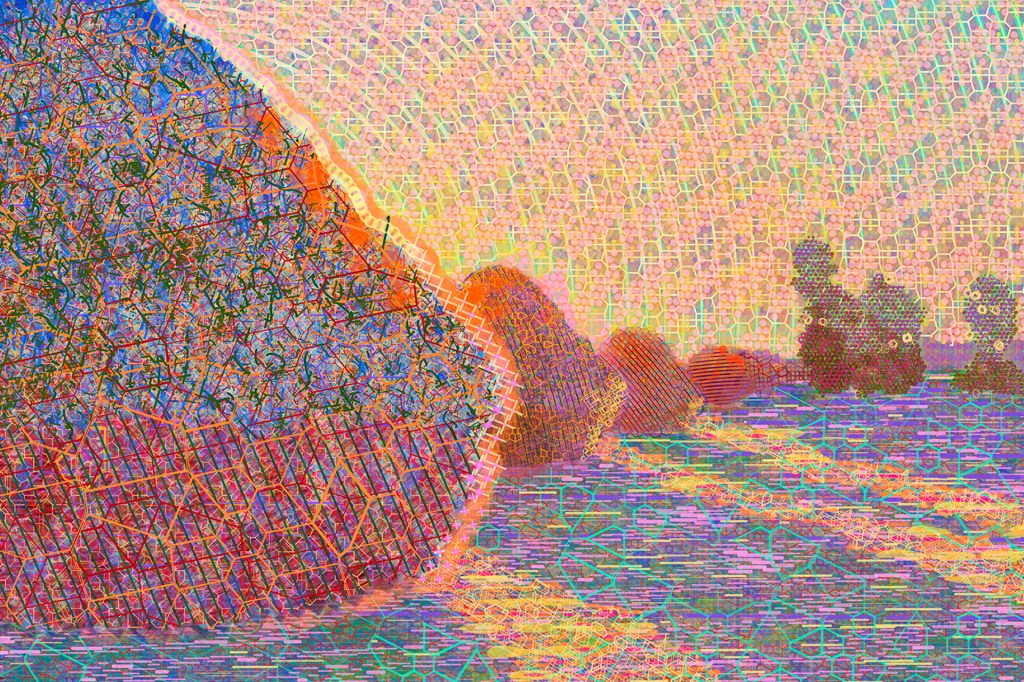
ART HISTORY This NFT is by digital artist Matt Kane. It was inspired by a 19th-century painting by Claude Monet.
MATT KANE“You will have so many people from different backgrounds and genres coming in to share their art, connect with people, and potentially build a career,” Boykins says.
Cashing In
Artworks sold as NFTs can often be viewed online for free. That raises a question: Why would people pay so much money for something they can see for free?
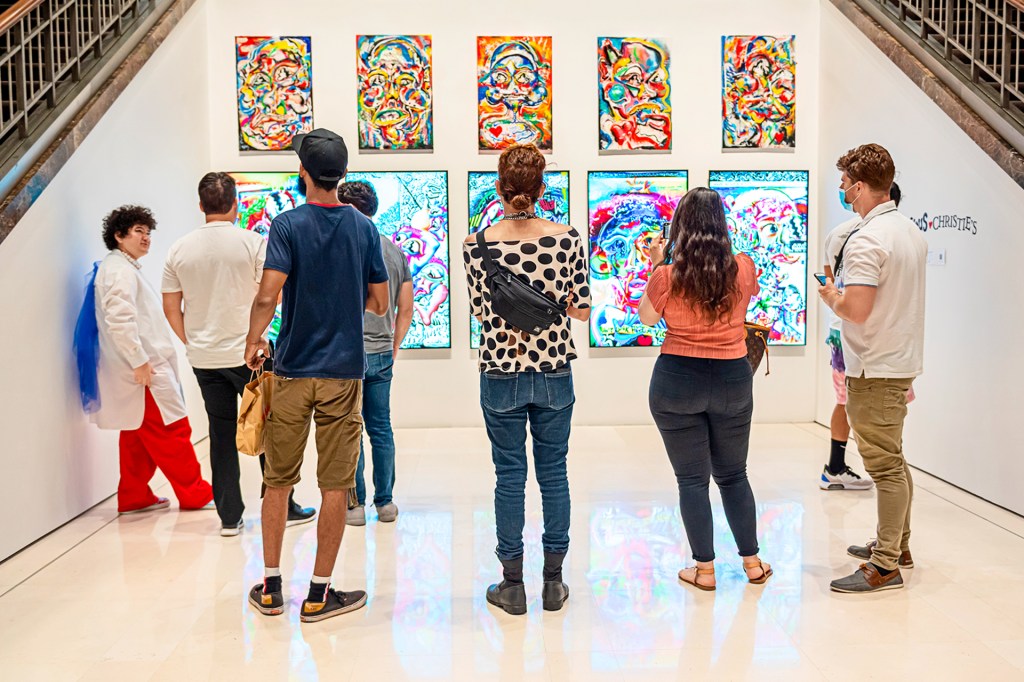
FINE ART Viewers admire works by 18-year-old NFT artist Victor Langlois (left), at Christie’s auction house in June.
NOAM GALAI—GETTY IMAGESThe answer is that certificate of authenticity. This is what attracts some collectors. If they know an “authentic” version of something exists, they want it. Plus, some NFT collectors say they’re happy paying for the work of artists they like.
By selling NFTs, digital artists might now be able to make a good living from their work. And NFT artists are forming tight communities. Andrew Benson is an artist based in Los Angeles. “It really does seem like everyone could benefit,” he says.
I'm a 12-year-old NFT Artist
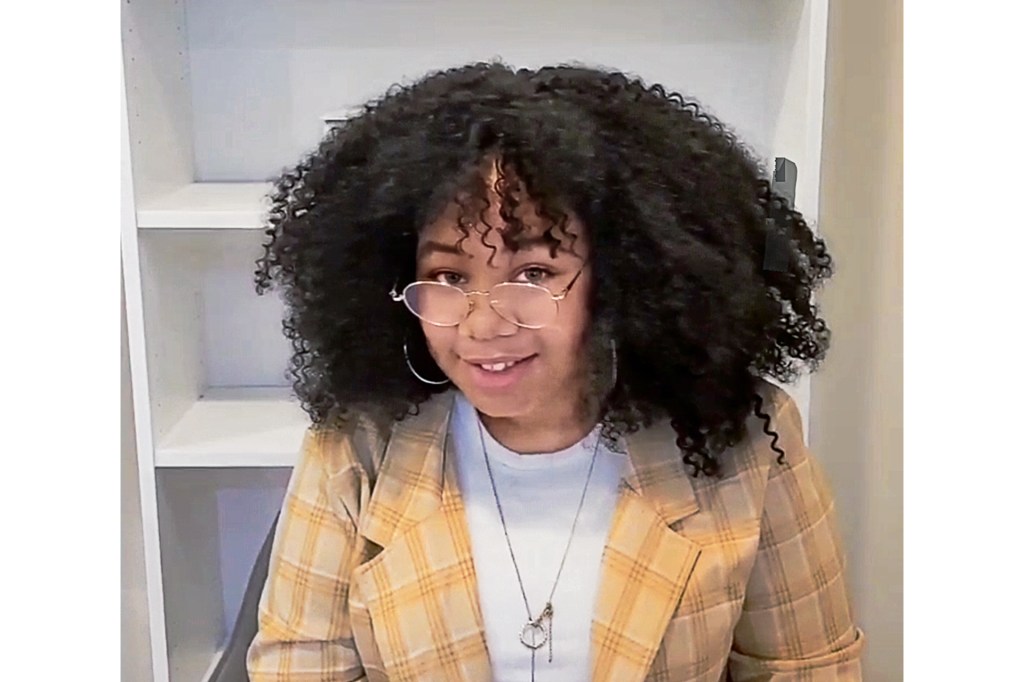
I started drawing when I was 4. When I was 9, my parents got me a smartphone. I used it to make digital art. I made drawings of people with long necks. I call these Long Neckies. This past March, my uncle told my mom about NFTs. We watched YouTube to learn how to make and sell them. Soon, people were buying NFTs of my Long Neckies. I have made more than 960 ETH. (That’s digital currency worth more than $3 million.) The NFT community is amazing! —Nyla Hayes, as told to TFK







